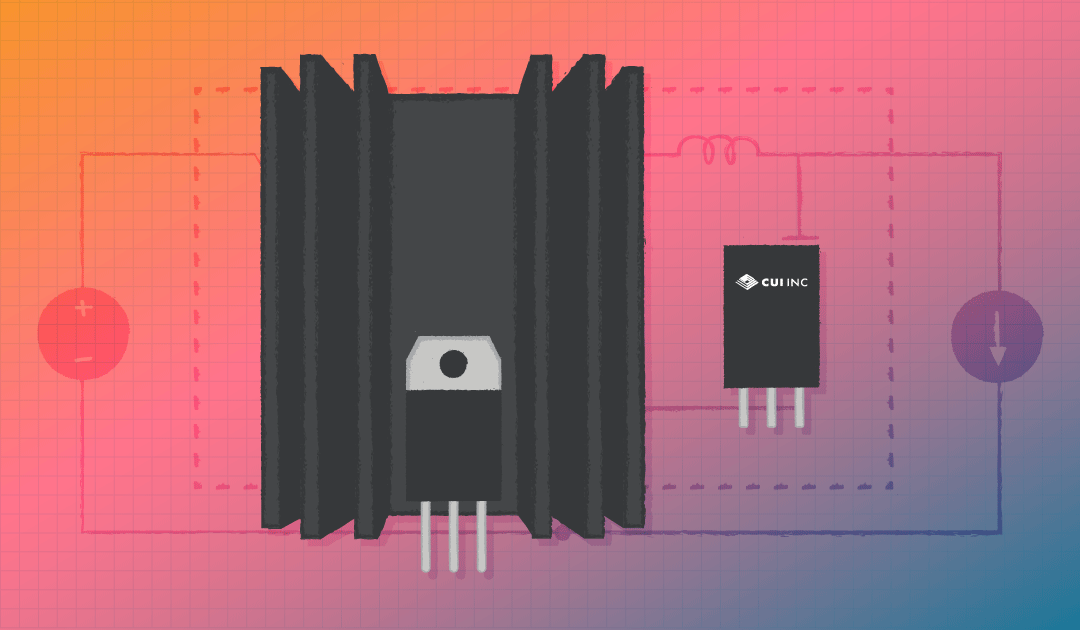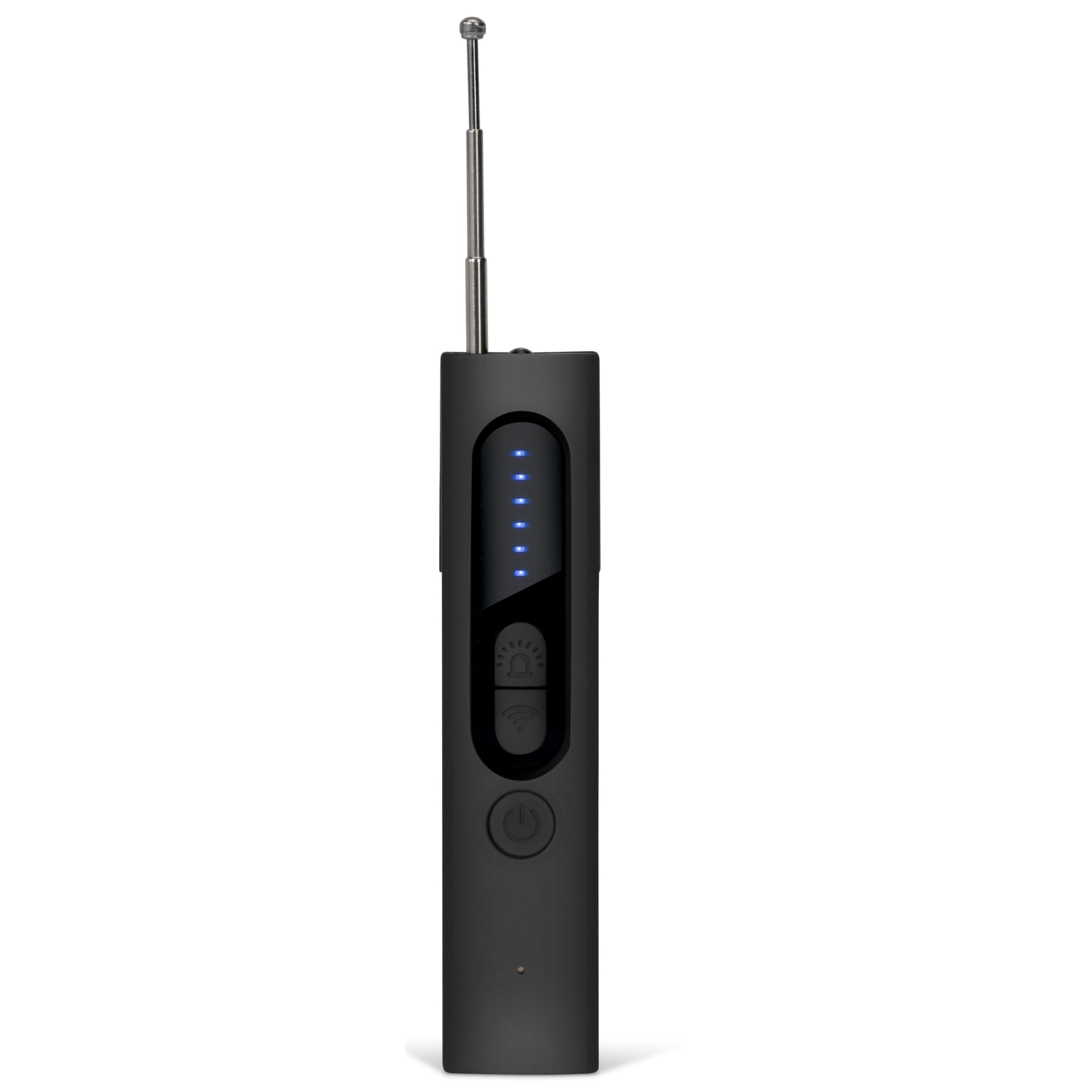
Image Source: Google
Financial disputes can be stressful and confusing, but with the right knowledge and steps, you can resolve them efficiently. If you're a Chime user and find yourself in a situation where you need to dispute a transaction or address a financial disagreement, this guide is here to help. In this comprehensive guide, we'll walk you through the best Chime dispute process and provide you with all the information you need to navigate it successfully.
Understanding Chime Disputes
Before we delve into the step-by-step process of resolving financial disagreements with Chime, it's essential to understand what constitutes a dispute. A dispute with Chime typically involves questioning a transaction made on your Chime account. This can include unauthorized transactions, incorrect charges, or any other discrepancies that require investigation.
Common Reasons for Disputes
- Unauthorized transactions
- Double charges
- Merchant disputes
- Fraudulent activities
Timeline for Disputes
- It is recommended to report any discrepancies or unauthorized transactions as soon as possible.
- Chime has a specific timeline for disputing transactions, usually within 60 days of the transaction date.
Initiating a Dispute with Chime
Once you've identified a transaction that you believe needs to be disputed, follow these steps to initiate the dispute process with Chime:
Step-by-Step Guide
- Log in to your Chime account through the mobile app or website.
- Locate the transaction you want to dispute in your transaction history.
- Click on the transaction and select the option to dispute it.
- Provide a brief explanation of why you are disputing the transaction and any supporting documentation.
- Submit the dispute and wait for Chime to investigate.
Resolution Process
After you've initiated a dispute with Chime, the resolution process will begin. Here's what you can expect during this phase:
Investigation
- Chime will investigate the transaction in question, which may involve contacting the merchant or financial institution involved.
- You may be required to provide additional information or documentation to support your dispute.
Resolution
- Once the investigation is complete, Chime will reach a resolution and notify you of the outcome.
- If the dispute is resolved in your favor, the amount will be credited back to your account.
- If the dispute is not resolved in your favor, you may have the option to appeal the decision or take further action.
Tips for a Successful Dispute Resolution
To increase your chances of a successful dispute resolution with Chime, consider the following tips:
Documentation
- Keep detailed records of all transactions and communications related to the dispute.
- Provide any relevant documentation, such as receipts, invoices, or screenshots, to support your claim.
Communication
- Stay in contact with Chime throughout the dispute process and respond promptly to any requests for information.
- Be polite and professional in your communications to maintain a positive relationship with Chime.
Patience
- Dispute resolutions can take time, so be patient and allow Chime to conduct a thorough investigation.
- Follow up regularly to check on the status of your dispute and provide any additional information if needed.
Final Thoughts
Resolving financial disputes can be a challenging process, but with the right approach and knowledge, you can navigate it successfully. By understanding the Chime dispute process, initiating disputes when necessary, and following through with the resolution process, you can effectively address any financial disagreements that may arise.








